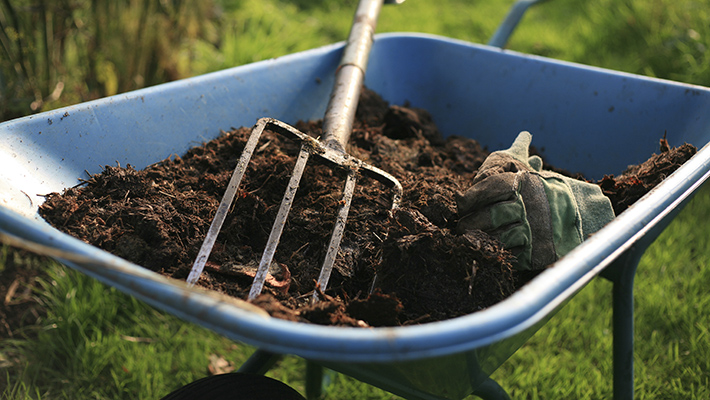Ruralalaskafarm
Sprout
- Joined
- May 5, 2022
- Messages
- 4
- Reaction score
- 4
- Points
- 5
Hello! I’m still new to all the garden things and soil and composting but I am working in a community garden green house and I’m trying to fix up the soil in there and I don’t know what is up with the soil it gets super dusty and when we water it it becomes like mud almost i could take a handful and it will hold shape i was told it is too much drainage and I was told not enough drainage idk what it is
one idea we had cause in the area we live we have a lot of pumice and thought mixing it in could help the drainage if we don’t have enough drainage
one idea we had cause in the area we live we have a lot of pumice and thought mixing it in could help the drainage if we don’t have enough drainage


